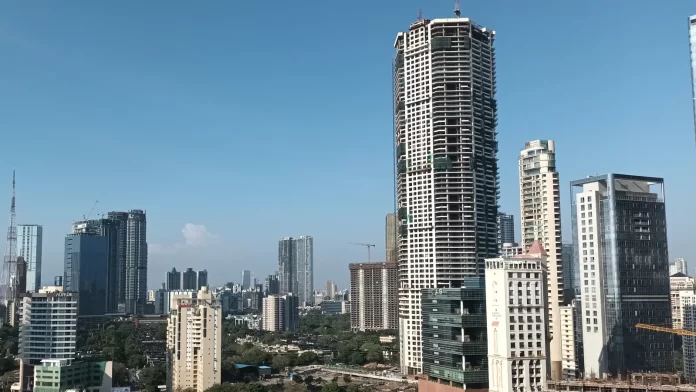The Mumbai Metropolitan Region (MMR) has experienced a notable shift in its real estate landscape for the fiscal year 2024 (FY24), with housing sales rising by 5% while new launches plummeted by 22%. This juxtaposition of increased sales against a backdrop of declining new project launches paints a complex picture of the regional property market and hints at underlying trends influencing this dynamic sector.
Growth in Housing Sales:
The 5% increase in housing sales in FY24 is a significant indicator of robust demand in the MMR. This uptick comes amid a series of macroeconomic factors, including stabilized interest rates, improved consumer sentiment, and rising urban incomes. The MMR, which encompasses the city of Mumbai and its surrounding suburban areas, is one of India’s most dynamic real estate markets. The region’s growth can be attributed to several factors, including the desire for homeownership among a growing middle class and the ongoing economic recovery following the disruptions caused by the COVID-19 pandemic.
Several key drivers have contributed to this increase in sales:
- Interest Rate Stability: The Reserve Bank of India’s relatively stable interest rate policy has played a crucial role in fostering buyer confidence. Lower borrowing costs make home loans more affordable, which in turn stimulates demand for residential properties.
- Economic Recovery: The gradual recovery of the Indian economy has buoyed consumer confidence. Increased economic activity has led to job creation and higher disposable incomes, which has positively impacted the housing market.
- Government Incentives: Various government initiatives, such as tax benefits on home loans and subsidies for affordable housing, have also stimulated demand. These measures have made homeownership more accessible to a broader segment of the population.
- Urbanization and Lifestyle Changes: As urban areas continue to grow, there is a rising demand for residential properties that offer modern amenities and a better quality of life. The shift in lifestyle preferences towards larger homes and those with integrated workspaces has also contributed to increased sales.




























